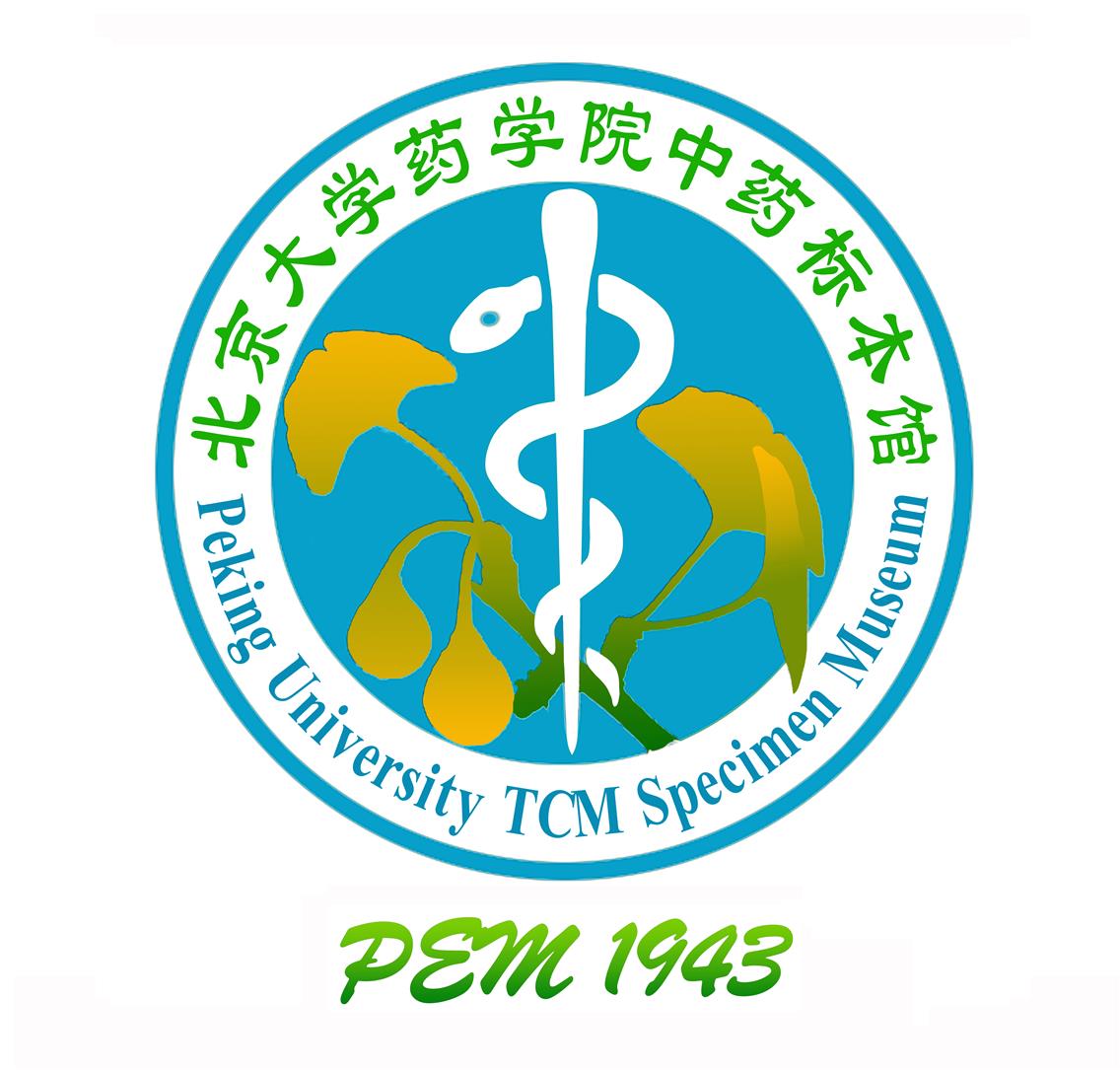Shangpin undertook the website construction project of the Herbarium of Peking University School of Pharmacy. The Herbarium of Peking University School of Pharmacy, formerly known as the Herbarium of Peking University School of Medicine (international code: PEM) and the Herbarium of Pharmacognosy, was founded in 1943, and now has about 50000 plant specimens and 5000 crude drug specimens. The plant specimens collected in this museum are mainly medicinal plants, especially Ephedraceae, Macacaceae, Aristolochiaceae, Rhubarb, Cannabis, Celastraceae, Trichosanthes, Patrinia, Dipsaceae and other families and genera, including related type specimens. These specimens are found in the Flora of China, Atlas of Higher Plants of China, and Flora of China He has made important contributions to the compilation of works on taxonomy. In addition to the common types of crude drugs recorded in the Chinese Pharmacopoeia, the museum also collects a large number of special samples collected by the North Cooperation Group in the scientific research work of the national key scientific and technological projects of the Seventh, Eighth and Ninth Five Year Plan, which have won the National Science and Technology Progress Award for many times, These specimens have made an important contribution to standardizing the sorting out and quality evaluation of Chinese herbal medicines in China.



